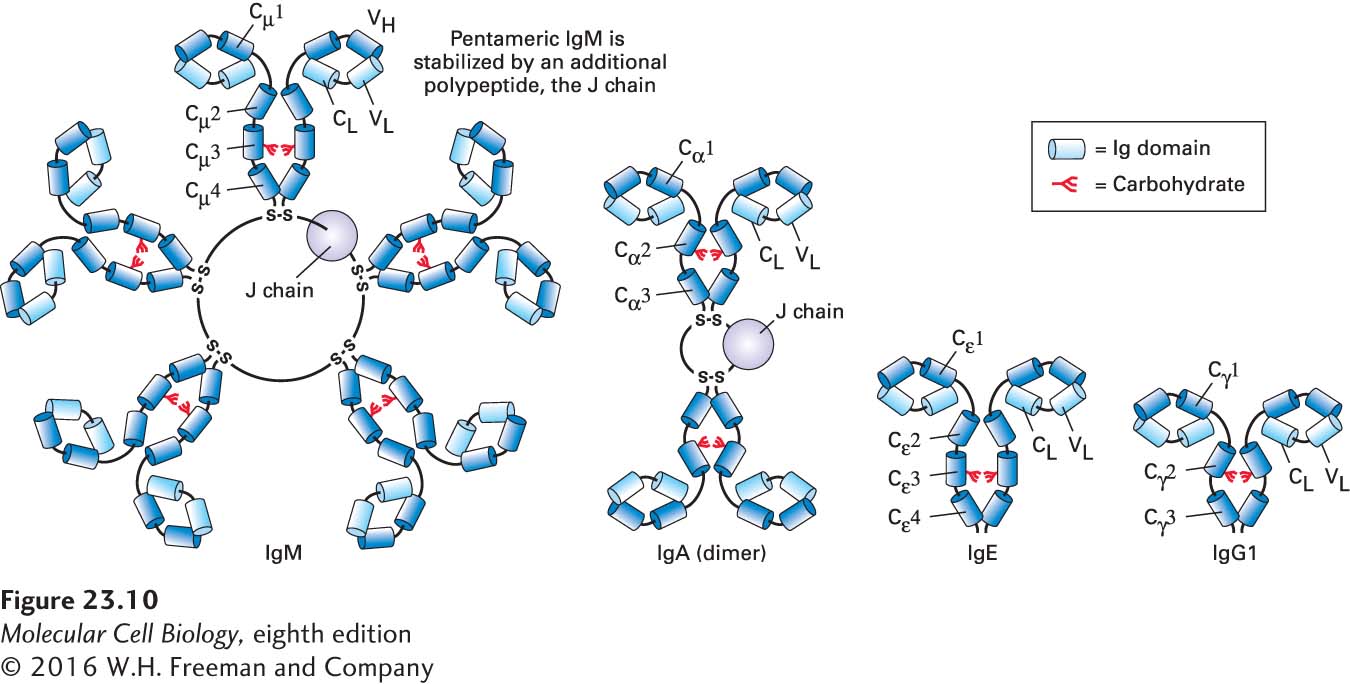
FIGURE 23- t- y- e- 3-